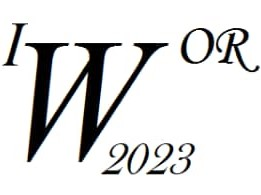Ponentes
Descripción
How functional networks (FN) emerge from the structural organization of the brain is still an open question, in the study of the relationship between the structure and function. The autonomic DMN is a set of brain regions that is active in almost all physiological brain states (i.e. is central to cognition), and arise by the brain functional dynamics from structural connectome (SC). Here, we validate a model based on neural message-passing algorithm to describe the brain macroscopic functional activity based on SC (n=70): individual SC (from DTI) and FN (from resting-state fMRI) matrices of an atlas with eight rs-subnetworks. This validation is a crucial step for its future use or application in pathological data in which different types of neural disconnections can be present (e.g. aging-related disorders). In each subject the Belief-Propagation (BP) and Susceptibility-Propagation (SP) algorithms were applied using the individual SC. In a group analysis performed based on a node-wise rank test, DMN nodes had the highest values; confirmed by a ROC subnetwork analysis over the activation maps obtained with BP: highest mean area-under-curve (.98) for DMN subnetwork and the only one significantly different to all. We predict the subnetworks of three connectivity matrices (SC, FN and long-range correlations estimated by SP), using the connectivity pattern of each node as the feature. The DMN was also the subnetwork better predicted from all matrices, although the SCs were the best at jointly predicting all rs-subnetworks (accuracies .86, .78, and .80 respectively). We conclude that in the absence of direct external stimuli, the DMN emerged from that dynamics (using BP) and all rs-subnetworks emerged from long-range correlations (using SP). This is promising to study also the physiological role of the DMN and the relationship between anatomical and functional connectivity, not only at rest but in cognitive processes.

